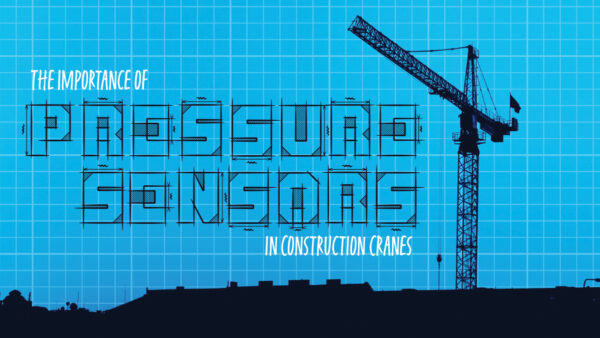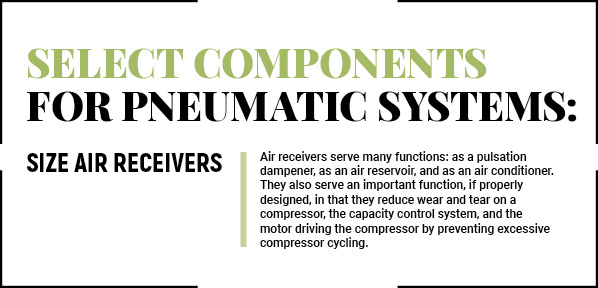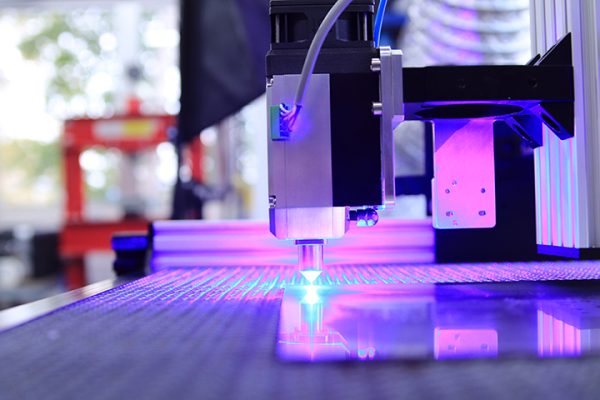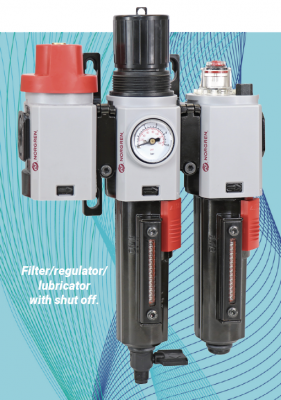Decentralized IO Modules

Revolutionizing Control Systems in Mobile Machinery
By Hartmut Rothweiler, Key Account Manager, Bucher Automation AG.
IO Modules in Decentralized Architectures
The topologies in control systems are becoming increasingly complex, be it a construction machine, agricultural implement, or municipal carrier vehicle. A few years ago, only a central controller, a joystick, and potentially, a simple display were used. Since then, very complex architecture can be found even in simple machines due to the increased requirements for the degree of automation.
Decentralized topologies are trending, in which a head or display controller acts as the central controller. Small IO modules are placed where signals are generated and communicate with the head controller via the CAN. It is essential for these IO modules to have a flexible IO configuration to be able to operate proportional and switching valves, electric actuators, and analog and digital input signals.
Thanks to increased CPU performance, IO modules are now able to process extensive functions independent of the main controller. Valve flow control, pre-processing measurement signals, or local monitoring is possible here. Different types of inputs and outputs, e.g. for hydraulic consumers, small electric drives, or precise measurement inputs, make it easier for an electrical engineer to design the system. When wiring the systems, various connection systems help us to find the optimum balance between flexibility and cost-effectiveness.
Automotive Cable Harnesses
In terms of expenditures, the automotive industry leads the way with large quantities and minimized unit costs. If the number of variants is low and the quantities are high, development work is essential to the engineering of the wiring harness. This, in turn, leads to a cost-optimized result along with mass-produced components from the automotive supplier industry. Automotive connector systems are the measure of all things in terms of size. Pertinent to packing density, connector systems such as Molex CMC are hard to beat. In addition to the increased level of protection, a high current carrying capacity is also achieved with compact dimensions.
These technologies are also used in commercial and special vehicle construction, as long as the installation situation is known and a certain number of similar cables are required. Assembly options are deliberately planned in; even if they are not connected, standardized cable harnesses provide a cost advantage that is negated by different variants.
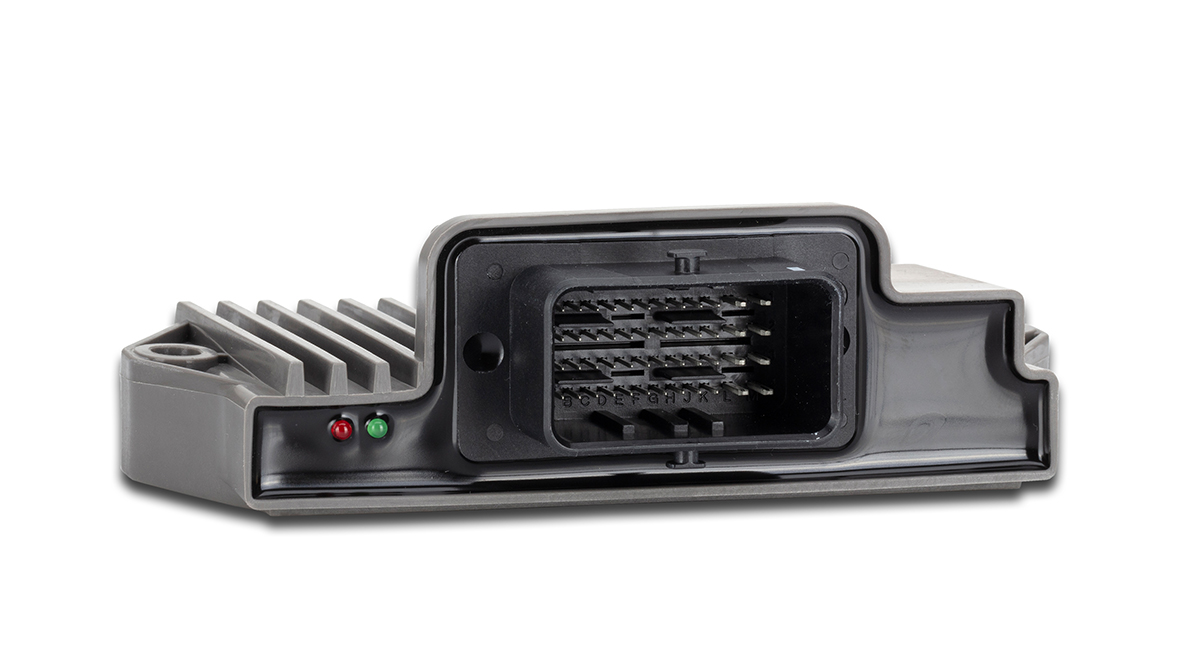
The path from prototype to series wire harness runs longer because the optimization loops up to the final product release take time. With that being the case, a certain amount of documentation is required and large nailing boards have to be prepared for production. The small crimp contacts can only be reliably assembled by automatic machines. Subsequent changes to a wire harness are difficult in the pre-series due to the encapsulated design; repairs in the field are virtually impossible.
It is also important to mention that an automotive wiring harness places high demands on the diagnostic implementation of the IO module. Due to the closed, encapsulated design, the electrical signals are barely accessible; typical faults such as cable breaks and short circuits must be detected and reported by the connected electronics. The quality of the diagnostics implementation is crucial for field serviceability.
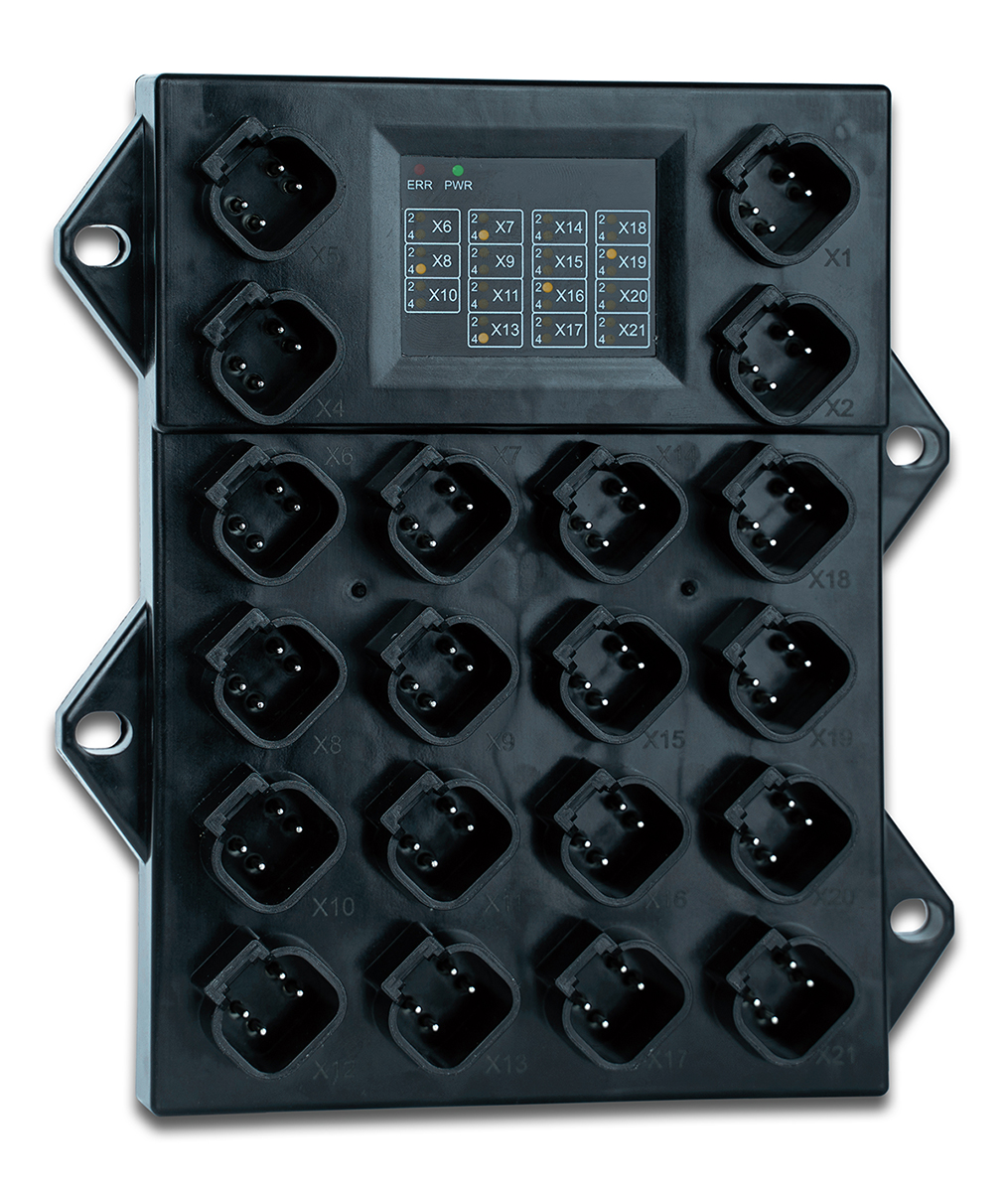
Point-to-Point Wiring
The opposite of the automotive series wiring harness is the point-to-point connection. With this wiring, each signal of the IO module is provided with its connector, including the signal ground or any required sensor supply or reference voltage. Each consumer or sensor is connected directly via its cable. This principle offers maximum flexibility and enables special wiring variants down to a quantity of 1.
Individual cables may be pre-assembled in different lengths, cross-sections, and connector configurations. Deutsch DT has established itself as the connector technology of choice, combining robustness with a high IP protection rating. Deutsch contacts also allow manual assembly, so that special cables can be produced flexibly in small series.
A wide range of variants in the control software goes hand-in-hand with a lack of diagnostic depth via the IO module. To provide the user with optimum support, the IO modules have an LED matrix to display the switching status of all inputs and outputs. This means that diagnostics can be carried out in the field without additional measuring devices.
On the material side, this type of solution does not generate the cost benefits of an automotive wiring harness. However, the complete elimination of drawing work and direct availability, with virtually no production times or approval processes, enables an unrivaled speed of assembly and maximum reliability.
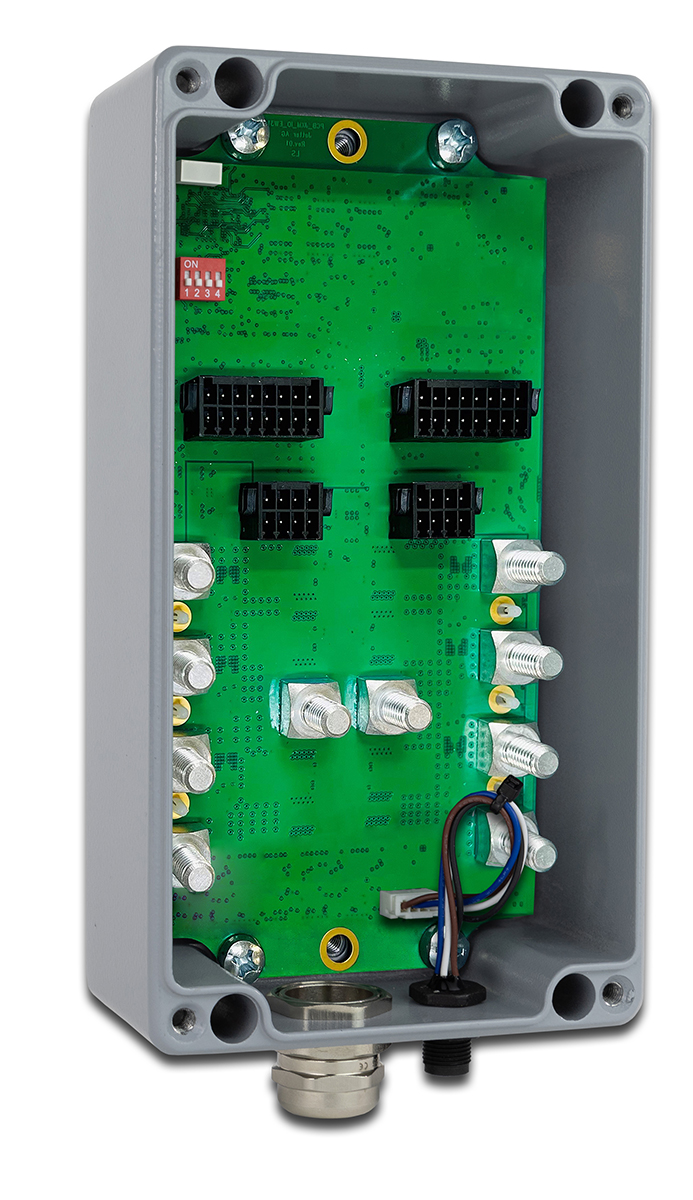
Old-School with Special Advantages
Even when connectors are specified as IP6k9k, there are still scenarios in which they reach their limits. If the environmental requirements are extreme, e.g. when handling salts/fertilizers, performing daily cleaning with high-pressure lances, or operating in mechanically harsh environments. It’s advantageous to choose a classic route with robust die-cast housing and cable glands.
IO modules within this design pose decisive advantages, particularly in special vehicle construction with a wide range of variants. While individual wires are generally used in automotive cable harnesses, sheathed cables are used in conjunction with cable glands. Along with materials suitable for drag chains and metal cable glands, functional nodes can be placed in the direct working area of a machine.
The module connection is made directly on the circuit board, using WAGO cage clamp connectors to which the individual strands are directly connected. Cable glands are also possible, e.g. for connecting consumers with higher currents. This indicates that DC motors can also be connected, such as those used in municipal or agricultural spreading applications.
In terms of service, this design provides direct electrical access to the signals. Of course, this requires perfectly trained service personnel and a willingness to take on a high level of responsibility when handling these systems.
The Future of Small IO Modules
IO modules are merely small controllers with a CANopen or CAN J1939 slave implementation, offering a portfolio of basic functions. Standards as defined by CiA or SAE enable users to use IO modules from different manufacturers with a high degree of functional compatibility. On the other hand, compatibility means that the lowest common denominator is sought when implementing functions and that complex functions are not included in the scope.
Specific to hydraulic control blocks or pneumatic valve terminals, it may be necessary to account for special design features of the valves. Configuring certain logical links between different actuators might also be essential. This extends the range of functions from a simple remote-controlled control box to a subsystem that can be integrated into complex architectures. The valve manufacturer’s know-how can thus be easily transferred to a machine without the user having to possess this expertise.
The software for such modules is usually programmed in C/C++ and supplied by the valve block manufacturer. The valve manufacturer can then encapsulate any existing expertise while increasing the value of any sub-solutions. The machine or vehicle manufacturer benefits from the valve block’s higher performance and easy handling.



